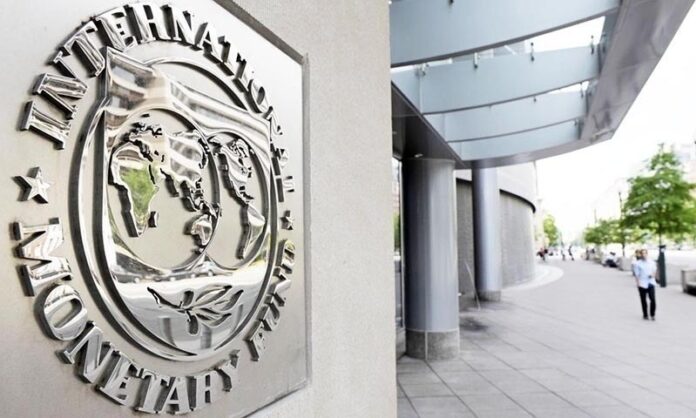The decline in remittances for economies such as Pakistan where remittance inflows represent more than 5% of GDP will imply significant hardship for many households and small businesses as their domestic economies are hit by the synchronized nature of the COVID-19 crisis.
This has been stated in the latest report of the International Monetary Fund (IMF) “External Sector Report Global Imbalances and the COVID-19 Crisis”.
It further stated that remittances are highly vulnerable to the COVID-19 crisis because migrant workers are typically more exposed to the risk of unemployment and wage losses during recessions than are native workers. Migrant workers also work in sectors such as food and hospitality, retail and wholesale, and tourism and transportation, which have taken a hit from the crisis.
The decline in remittance inflows in percent of GDP is expected to be concentrated among a number of emerging markets and developing economies. World Bank forecasts an average 20 percent fall in remittance flows in 2020, based on an empirical model that links remittance inflows to migrants’ incomes proxied by the nominal per capita incomes of the migrants’ economies of destination.
While uncertainty is high, depending on the pace of economic recovery and risks of a second wave, effects on current account balances may persist with remittances expected to rebound only partially (by 5 percent) in 2021.



